Home>Furniture>Outdoor Furniture>How Thick Should Roof Decking Be
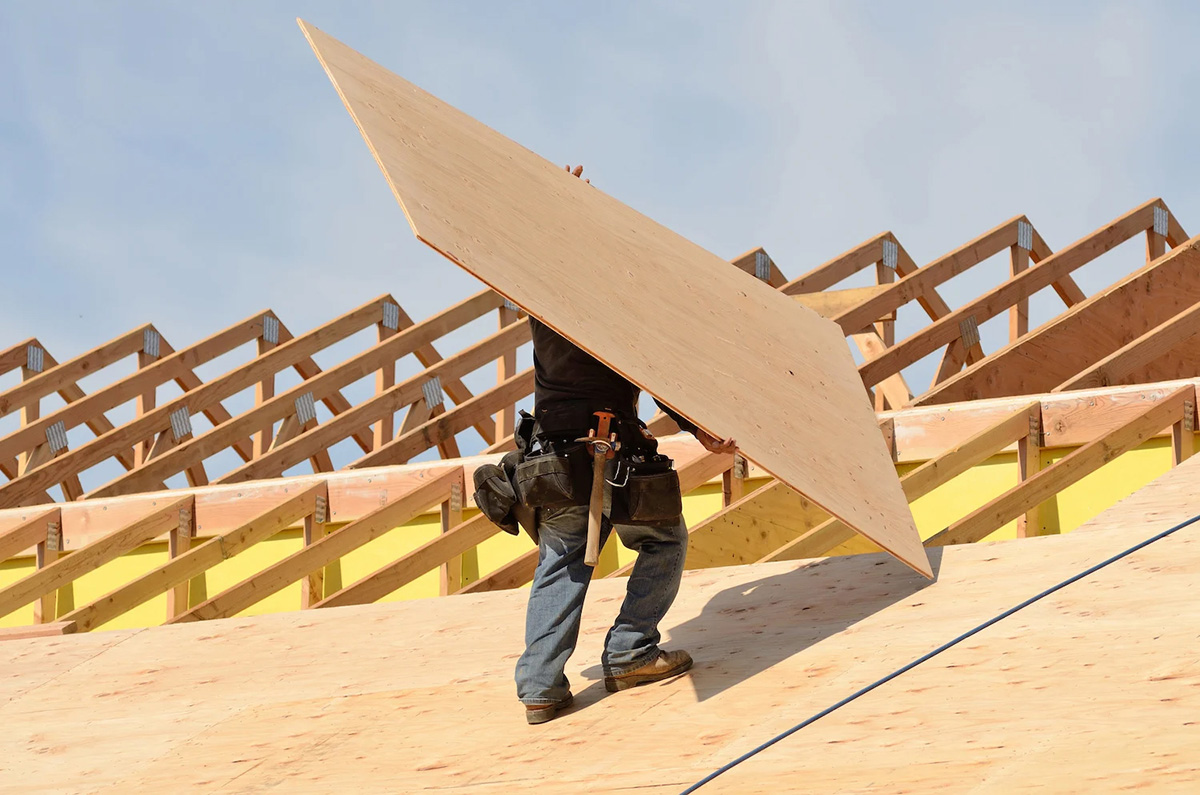

Outdoor Furniture
How Thick Should Roof Decking Be
Modified: August 16, 2024
Find the perfect outdoor furniture for your roof decking. Discover the recommended thickness for a sturdy and durable deck that will enhance your outdoor space.
(Many of the links in this article redirect to a specific reviewed product. Your purchase of these products through affiliate links helps to generate commission for Storables.com, at no extra cost. Learn more)
Introduction
When it comes to constructing a sturdy and reliable roof, one crucial factor that often goes overlooked is the thickness of the roof decking. Roof decking refers to the plywood or OSB (oriented strand board) layer that serves as the foundation for the roofing materials, such as shingles or metal panels. While it may seem like a minor detail, the thickness of the roof decking plays a significant role in the overall performance and longevity of the roof.
Without the proper thickness, a roof decking can cause a range of issues that compromise its functionality and structural integrity. Both inadequate and excessive thickness can have detrimental effects on the roof’s performance, leading to costly repairs and potential safety hazards.
In this article, we will explore why roof decking thickness is important and how inadequate or excessive thickness can impact the performance of a roof.
Key Takeaways:
- Proper roof decking thickness is crucial for stability and durability. It affects insulation, energy efficiency, and resistance to external factors, ensuring a reliable and long-lasting roof.
- Finding the right balance in roof decking thickness is essential. It prevents structural issues, excessive costs, and design limitations, ensuring a safe and practical roofing solution.
Read more: How Thick Is Decking Board
Importance of Roof Decking Thickness
The thickness of the roof decking directly affects its ability to withstand various external factors and support the weight of the roofing materials. A properly chosen thickness ensures the roof can withstand the elements, such as heavy rain, snow, high winds, and even hailstorms. Additionally, the thickness of the decking plays a crucial role in supporting the load placed on the roof, including the weight of maintenance workers or equipment.
Without adequate thickness, the roof decking may experience sagging, warping, or buckling under the weight and stress, leading to structural damage and potential collapses. On the other hand, excessive thickness can add unnecessary weight to the structure, which may strain the walls and foundation and increase construction costs.
Effects of Inadequate or Excessive Thickness on Roof Performance
Inadequate Thickness: If the roof decking is too thin, it may not provide sufficient strength and stability for the roofing system. This can lead to several problems, including:
- Increased risk of leaks and water damage due to inadequate support for the roofing materials
- Decreased energy efficiency as the lack of proper insulation allows heat transfer
- Reduced resistance to wind uplift, increasing the chances of shingle or panel blow-off during storms
- Diminished durability and shorter lifespan of the roof
Excessive Thickness: While a thicker roof decking may seem like a safe bet, there can be drawbacks to going overboard with the thickness:
- Added weight on the structure, potentially exceeding design limits
- Higher material and installation costs
- Restrictions on roof design options due to the additional weight
It is important to find the right balance and determine the appropriate thickness for your specific roof to avoid these problems.
Factors to Consider when Determining Roof Decking Thickness
When determining the appropriate thickness for your roof decking, several factors need to be taken into consideration. These factors will vary depending on your specific location, the type of roofing material you plan to use, the design of your roof, and relevant building codes and regulations.
1. Climate and Weather Conditions
The climate and weather conditions in your area play a significant role in determining the thickness of your roof decking. If you live in a region with heavy snowfall or frequent storms, a thicker decking is recommended to withstand the weight of accumulated snow and the impact of high winds. In areas prone to extreme heat or intense sunlight, thicker decking can provide better insulation and protect your home from excessive heat transfer.
Read more: What Thickness OSB For Roof
2. Type of Roofing Material
The type of roofing material you choose will influence the ideal thickness for your roof decking. Each roofing material has different requirements in terms of support and load-bearing capacity. For example, asphalt shingles typically require a minimum roof decking thickness of ½ inch, while metal roofing may require a thicker deck to prevent denting or oil canning.
3. Roof Slope and Design
The slope and design of your roof impact the amount of stress and weight that the roof decking will endure. Steeper roofs tend to experience greater forces from wind and gravity, necessitating a thicker decking to ensure stability. Additionally, complex roof designs with multiple angles and valleys may require thicker decking to support the intricate structure and prevent sagging or water pooling.
4. Building Codes and Regulations
Local building codes and regulations often stipulate the minimum requirements for roof decking thickness. These codes are in place to ensure the safety and structural integrity of buildings in the region. It is essential to familiarize yourself with these regulations and ensure compliance when determining the thickness of your roof decking.
By considering these factors carefully, you can determine the appropriate thickness for your roof decking that will provide optimal performance and meet the specific requirements of your location, roofing material, roof design, and local regulations.
Minimum Roof Decking Thickness Recommendations
When it comes to the minimum thickness requirements for roof decking, several recommendations and guidelines exist for common roofing materials. These recommendations are based on both industry standards and building codes to ensure the structural integrity and performance of the roof.
Read more: How To Lay Roof Decking
1. Recommendations for Common Roofing Materials
Each type of roofing material has its own specific requirements for roof decking thickness. Here are some general recommendations for common roofing materials:
- Asphalt shingles typically require a minimum roof decking thickness of ½ inch (12mm) for solid plywood or OSB.
- Metal roofing, such as standing seam or corrugated panels, may require thicker roof decking, ranging from ⅝ inch (16mm) to 1 inch (25mm) depending on the specific product and panel spacing.
- Tile roofing, such as clay or concrete tiles, often requires a minimum thickness of ¾ inch (19mm) to support the weight of the tiles.
2. Guidelines Provided by Building Codes and Industry Standards
Building codes and industry standards play a crucial role in determining the minimum thickness requirements for roof decking. These guidelines are in place to ensure the safety, durability, and performance of the roof. They may vary depending on the geographic location and specific regulations, so it is important to consult the relevant codes and standards for your area. These guidelines often consider factors such as wind resistance, snow load, and the weight of the roofing materials.
3. Factors Influencing the Minimum Thickness Requirements
Several factors influence the minimum thickness requirements for roof decking:
- Span of the roof: A larger span typically requires a thicker deck to provide adequate support.
- Roof slope: Steeper roofs may require a thicker deck to resist the forces of gravity and wind.
- Building design and materials: The overall design and materials used in the construction of the building can impact the thickness requirements for the roof decking.
- Environmental factors: Local climate conditions, such as heavy snowfall or high winds, may necessitate a thicker roof decking to ensure structural integrity.
It is essential to consult with roofing professionals and adhere to the guidance provided by building codes and industry standards to determine the minimum thickness requirements for your roof decking. Taking these recommendations into consideration will help ensure a strong and durable roof that can withstand the elements and protect your home.
Benefits of Thicker Roof Decking
Thicker roof decking offers a range of benefits that contribute to the stability, durability, and overall performance of your roof. Investing in a thicker decking can provide long-term advantages and enhance the functionality of your roof.
Read more: How To Add A Roof To A Deck
Improved Roof Stability and Durability
Thicker roof decking provides better stability and structural integrity for your roof. It offers increased support for the roofing materials, preventing sagging or warping over time. This improved stability helps the roof withstand the weight of accumulated snow, heavy winds, and other external factors, minimizing the risk of structural damage and roof failure. Thicker decking also reduces the likelihood of cracking or splitting under stress, ensuring your roof remains strong and durable for years to come.
Enhanced Insulation and Energy Efficiency
A thicker roof decking can contribute to better insulation and energy efficiency in your home. The extra layer of insulation provided by a thicker deck helps to reduce heat transfer between the interior and exterior of your home. This means better temperature regulation throughout the seasons, resulting in increased comfort and reduced energy consumption. By minimizing heat loss in the winter and heat gain in the summer, a thicker roof decking can contribute to lower heating and cooling costs, ultimately saving you money on energy bills.
Increased Resistance to Wind, Impact, and Other External Factors
Thicker roof decking offers enhanced resistance to external factors such as wind, impact, and severe weather conditions. The additional thickness provides added strength and stability, making the roof less susceptible to damage caused by high winds and severe storms. Thicker decking can help prevent shingle blow-off, reduce the risk of leaks due to wind-driven rain, and withstand the impact of hail or falling debris. This increased resistance to external forces preserves the integrity of your roof, reduces the need for repairs, and extends its lifespan.
By opting for a thicker roof decking, you can enjoy the benefits of improved stability, durability, insulation, energy efficiency, and resistance to external factors. It is important to consult with roofing professionals to determine the appropriate thickness for your specific roofing system, taking into account factors such as climate, roofing material, and local building codes. Investing in a thicker roof decking will not only ensure the long-term performance and reliability of your roof but also contribute to the overall comfort and energy efficiency of your home.
Potential Drawbacks of Excessive Roof Decking Thickness
While thicker roof decking can offer several benefits, it is important to consider the potential drawbacks that come with excessive thickness. Going overboard with the thickness can lead to various challenges and limitations that may impact your roofing project.
Read more: What Is Used For Roof Decking
Added Weight on the Structure
One of the main concerns with excessive roof decking thickness is the additional weight it adds to the structure. Roofing systems are designed to support a specific load, and exceeding this load can put unnecessary stress on the walls, beams, and foundation of the building. The added weight can compromise the structural integrity of the entire structure, potentially leading to sagging, shifting, or even collapse. It is crucial to ensure that the roof decking thickness remains within the safe limits specified by structural engineers and building codes.
Higher Material and Installation Costs
Thicker roof decking requires more materials than thinner decking, resulting in higher material costs. The increased volume of materials, such as plywood or OSB, adds expenses to the overall roofing project. Additionally, thicker decking may require additional labor and installation time to ensure proper installation and fastening. These factors can contribute to higher installation costs, impacting the overall budget of the roofing project.
Limitations on Roof Design Options
Excessive roof decking thickness can limit the design options available for your roof. Thicker decking adds more weight and bulk to the overall structure, which may not be suitable for certain roof designs. It can affect the feasibility of constructing complex roof shapes, such as steep slopes, intricate angles, or curved designs. The added weight may also restrict the use of lightweight roofing materials or limit the ability to incorporate additional features, such as rooftop gardens or solar panel installations.
When considering the thickness of your roof decking, it is crucial to strike a balance between providing sufficient strength and stability while avoiding excessive thickness. Consulting with roofing professionals and structural engineers is essential to assess the structural capacity of the building and determine the appropriate thickness. Through careful evaluation and consideration of the potential drawbacks, you can make informed decisions about the thickness of your roof decking that meet safety requirements, budget considerations, and design objectives.
Determining the Appropriate Thickness for Your Roof Decking
Choosing the appropriate thickness for your roof decking is a critical decision that requires careful consideration of various factors. By taking into account these factors, you can ensure that your roof decking provides optimal performance, meets safety requirements, and aligns with your budget and design considerations.
Read more: How Thick Should Aquarium Glass Be
Consulting with Roofing Professionals and Engineers
When determining the thickness of your roof decking, it is highly recommended to consult with roofing professionals and engineers who have expertise in structural design. They can assess the specific requirements of your project, evaluate the load-bearing capabilities of your roof structure, and provide valuable insights on the appropriate thickness. Their expertise will help in determining a thickness that ensures safety and structural integrity.
Evaluating Specific Site Conditions and Requirements
The unique characteristics of your site, such as climate conditions, building codes, and environmental factors, should be taken into account when determining the appropriate thickness for your roof decking. Factors such as high winds, heavy snow loads, or extreme temperatures can influence the necessary thickness to withstand the local conditions. Additionally, specific building codes and regulations may dictate the minimum requirements for roof decking thickness, which must be adhered to for compliance and safety reasons.
Balancing Cost, Performance, and Design Considerations
Another crucial aspect in determining the appropriate thickness for your roof decking is striking a balance between cost, performance, and design considerations. Thicker decking generally provides better stability and durability, but it may come with higher material and installation costs. It is important to evaluate your budget constraints and consider the longevity and potential maintenance costs associated with thinner decking options. Additionally, you need to consider the impact of decking thickness on the overall design capabilities of your roof. Thicker decking may restrict certain design options, while thinner decking may provide greater flexibility in terms of roof shape and style.
By considering the advice of roofing professionals, evaluating specific site conditions, and weighing cost, performance, and design factors, you can determine the appropriate thickness for your roof decking. The goal is to find the right balance that ensures structural integrity, meets safety requirements, aligns with your budget, and allows for desired design possibilities. Taking the time to make an informed decision on roof decking thickness will contribute to the long-term performance, stability, and aesthetics of your roof.
Conclusion
In summary, the thickness of your roof decking plays a crucial role in the overall performance, stability, and safety of your roof. Throughout this article, we have highlighted key points regarding roof decking thickness and its importance in constructing a reliable and durable roof.
We explored the potential effects of inadequate or excessive thickness on roof performance, including issues such as leaks, decreased energy efficiency, reduced resistance to wind, and diminished durability. It is clear that choosing the right thickness is vital to ensure the structural integrity and longevity of your roof.
We discussed several factors to consider when determining the appropriate thickness for your roof decking, including climate and weather conditions, the type of roofing material, roof slope and design, and local building codes and regulations. Taking these factors into account will help you make an informed decision that is tailored to your specific needs and circumstances.
It is important to be aware of the minimum roof decking thickness recommendations for common roofing materials and guidelines provided by building codes and industry standards. By adhering to these recommendations and standards, you can ensure that your roof meets safety requirements and performs optimally.
We also discussed the benefits of thicker roof decking, such as improved stability and durability, enhanced insulation and energy efficiency, and increased resistance to external factors like wind and impact. Thicker decking offers these advantages, contributing to a stronger and more efficient roof system.
However, it is crucial to be mindful of the potential drawbacks of excessive roof decking thickness, including added weight on the structure, higher material and installation costs, and limitations on roof design options. Striking a balance between sufficient thickness and practical considerations is key.
In conclusion, proper roof decking thickness is of utmost importance for the long-term performance and safety of your roof. By consulting with roofing professionals, evaluating site conditions, and considering cost, performance, and design factors, you can determine the appropriate thickness that meets your needs and ensures a reliable and durable roof. Investing in the right thickness for your roof decking will ultimately provide peace of mind and protect your home for years to come.
Frequently Asked Questions about How Thick Should Roof Decking Be
Was this page helpful?
At Storables.com, we guarantee accurate and reliable information. Our content, validated by Expert Board Contributors, is crafted following stringent Editorial Policies. We're committed to providing you with well-researched, expert-backed insights for all your informational needs.
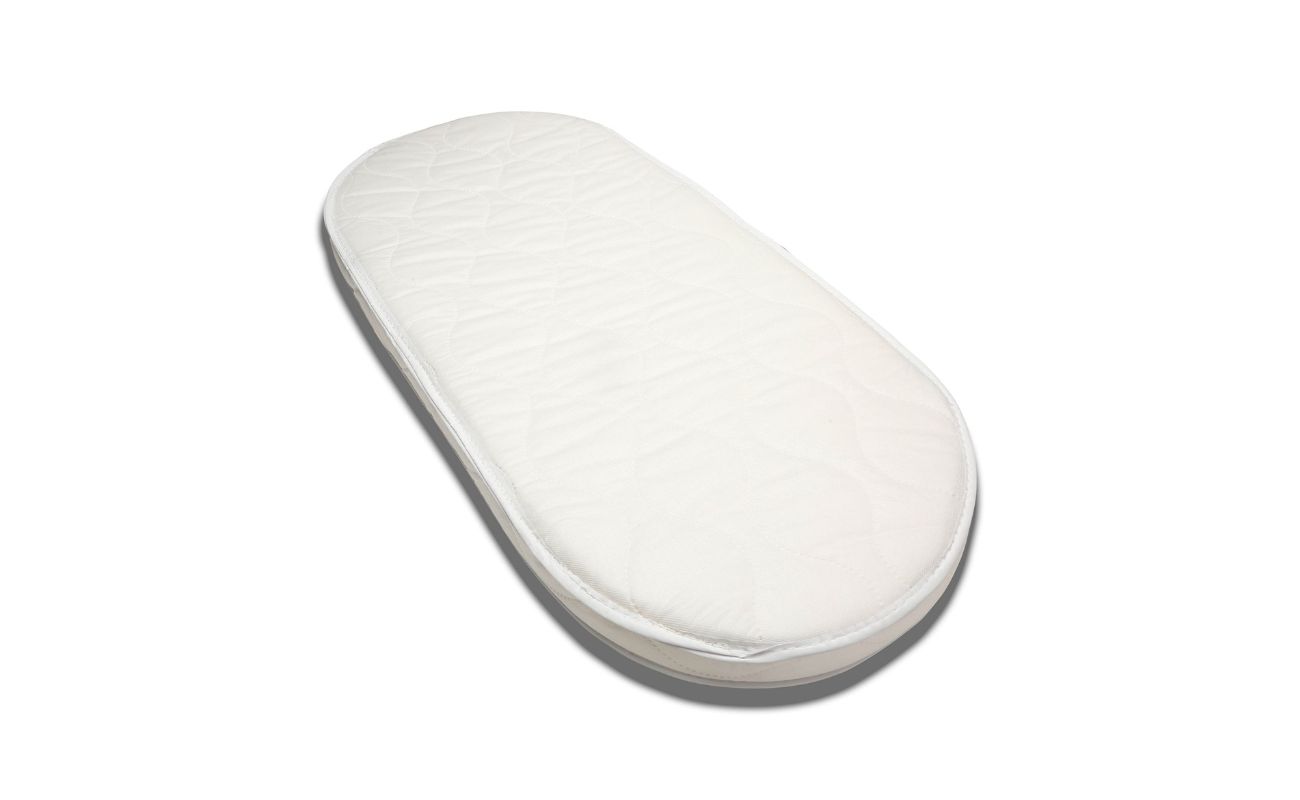
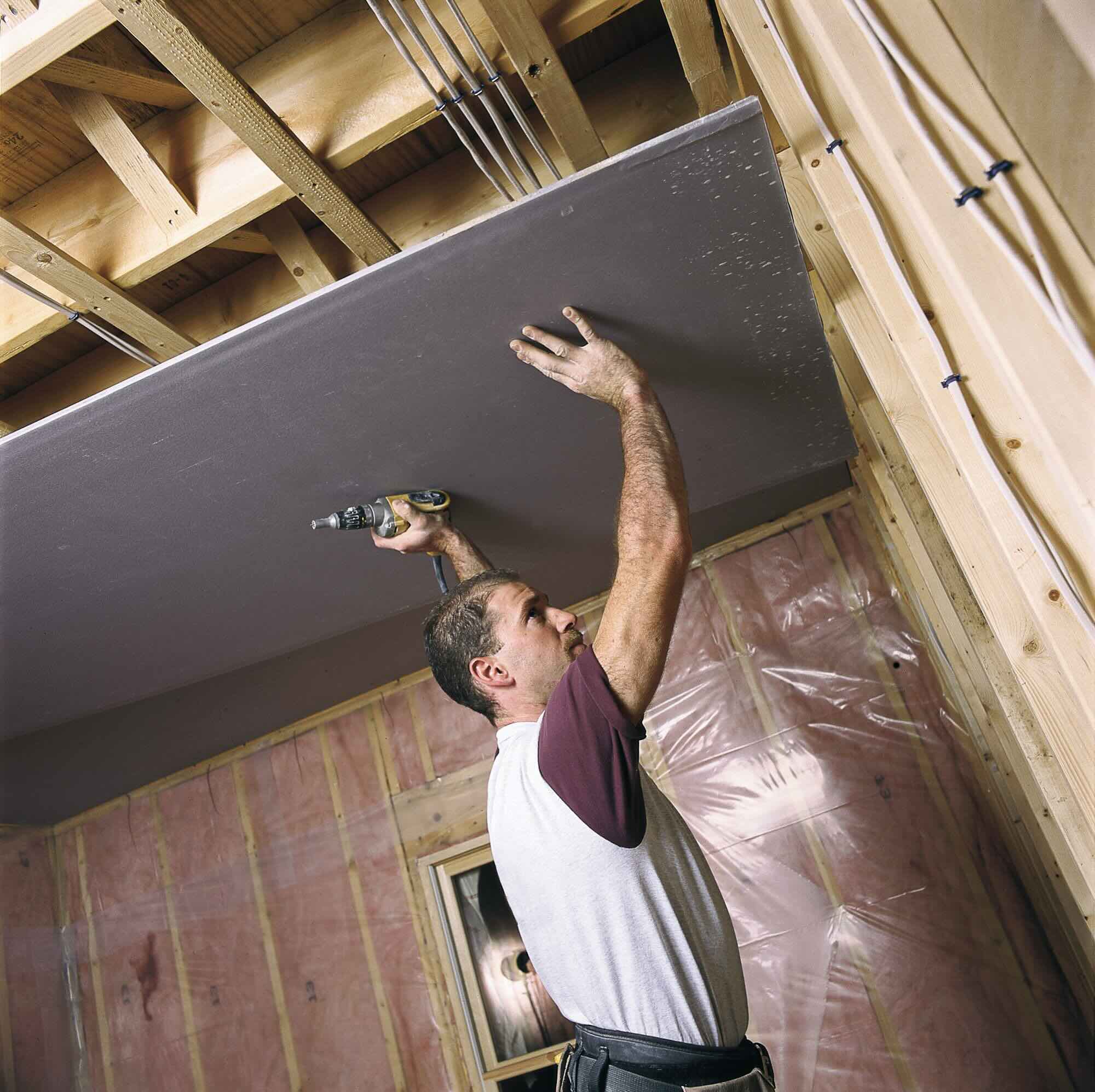
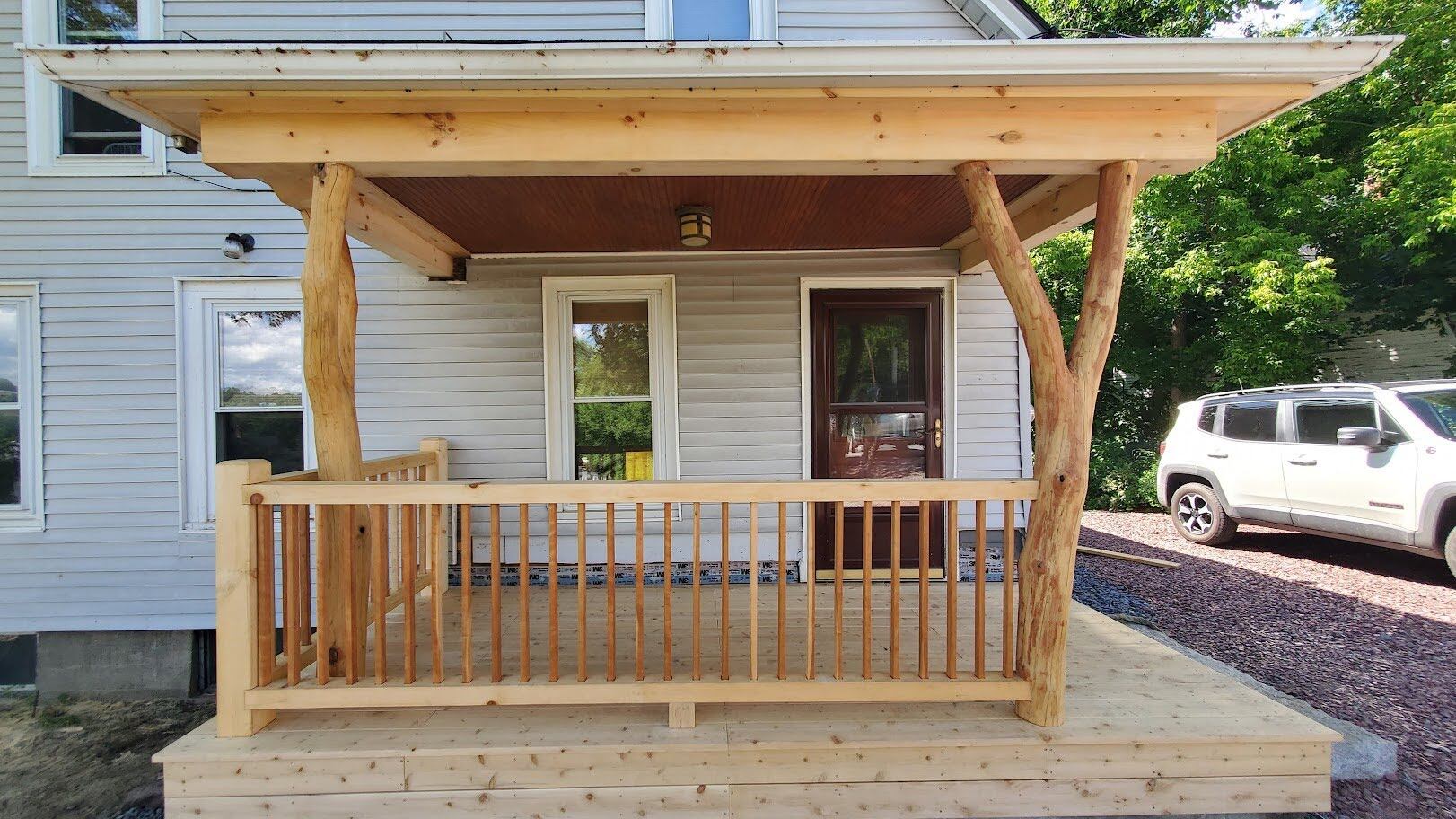
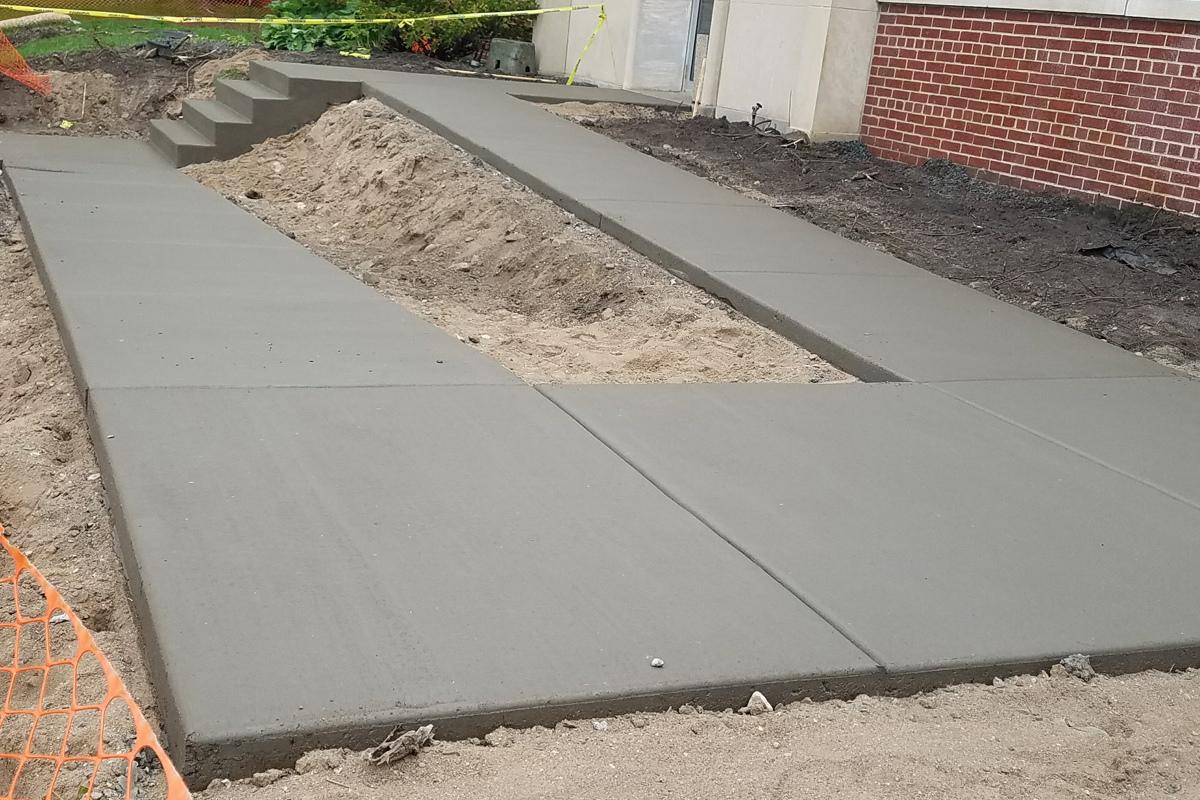
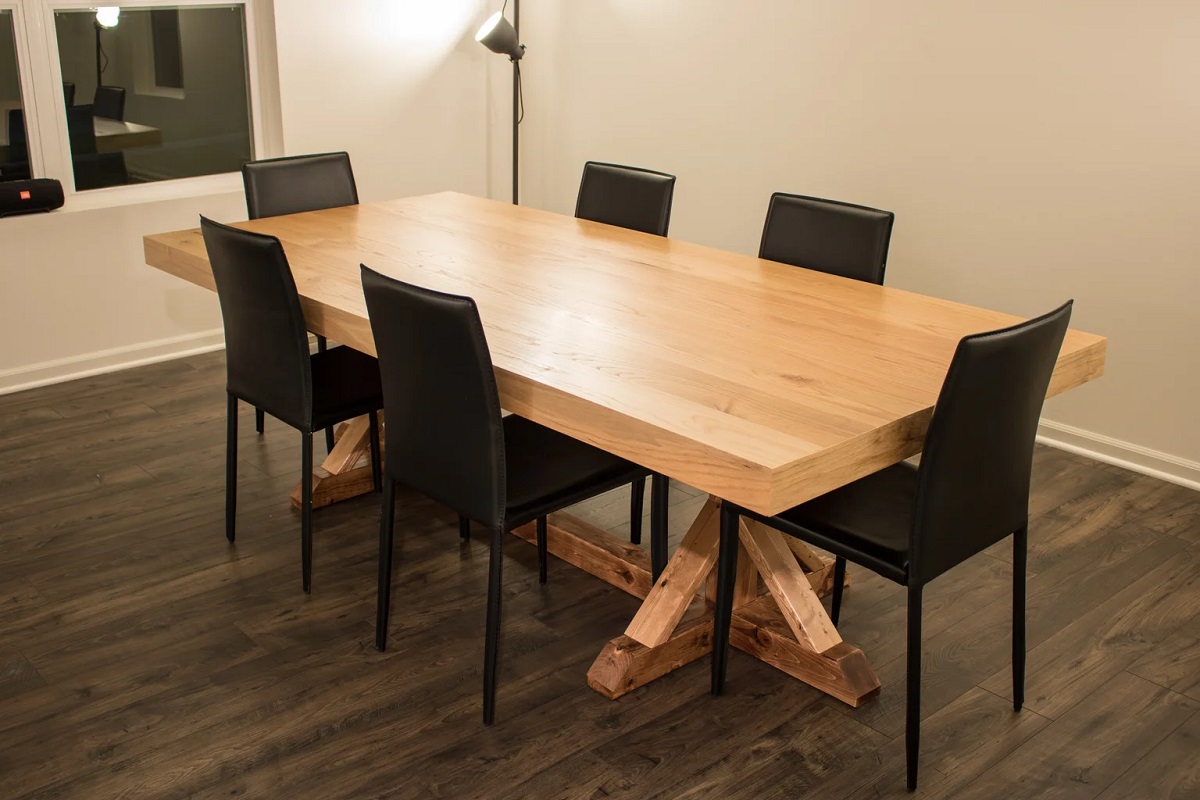
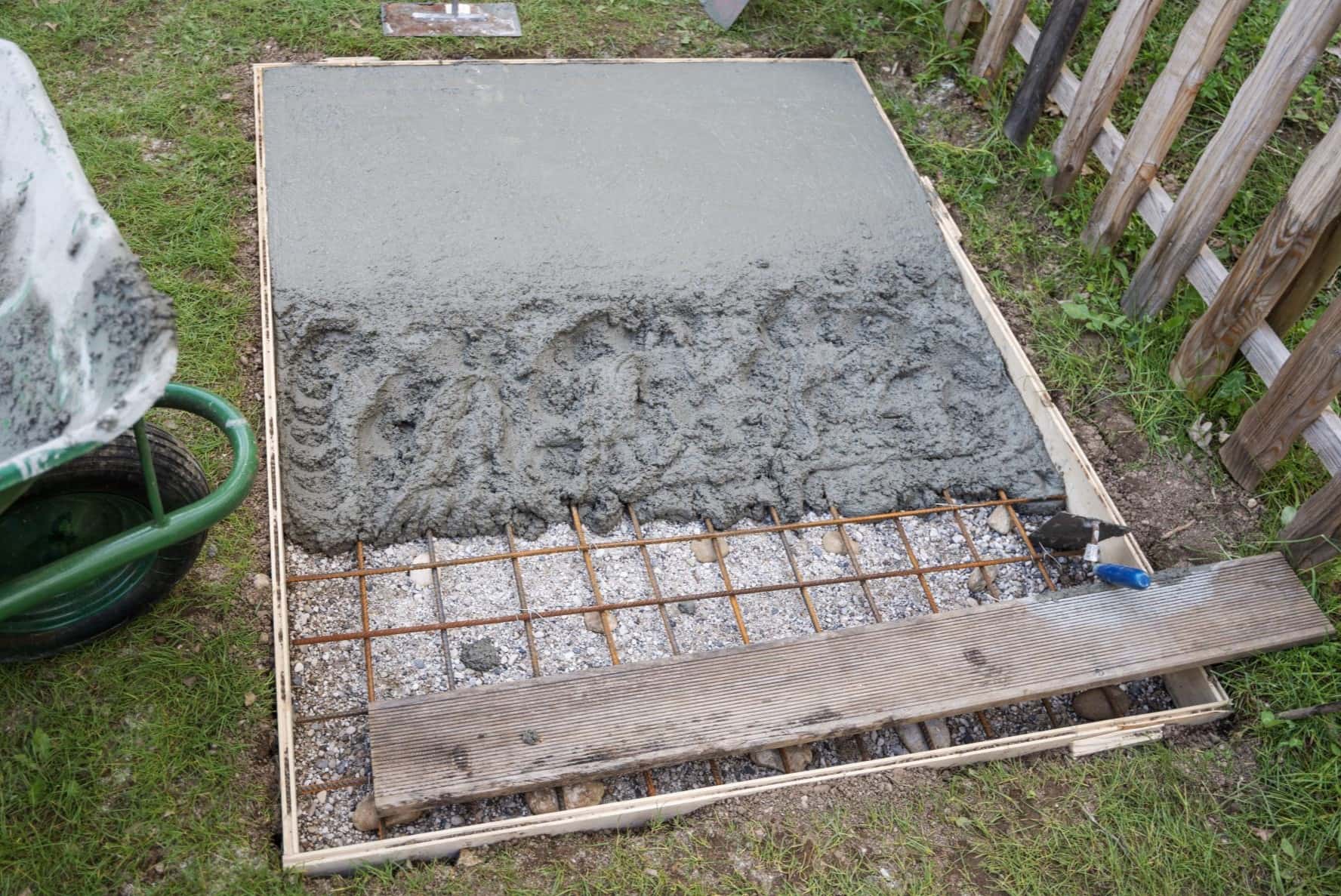
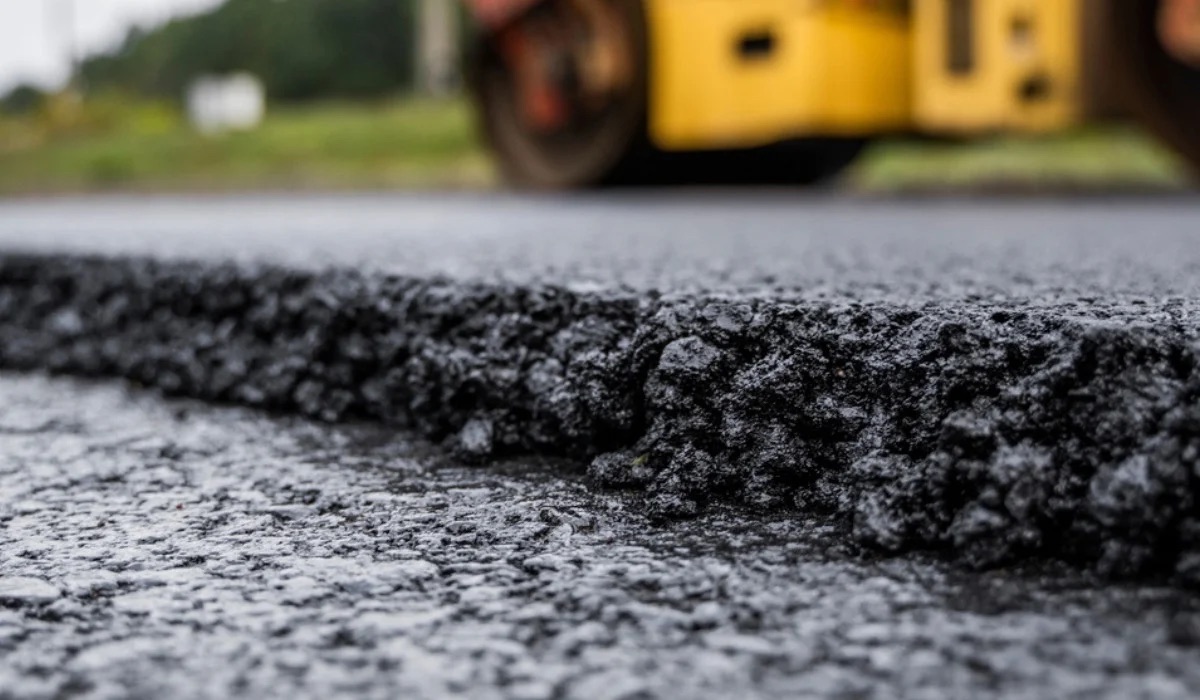
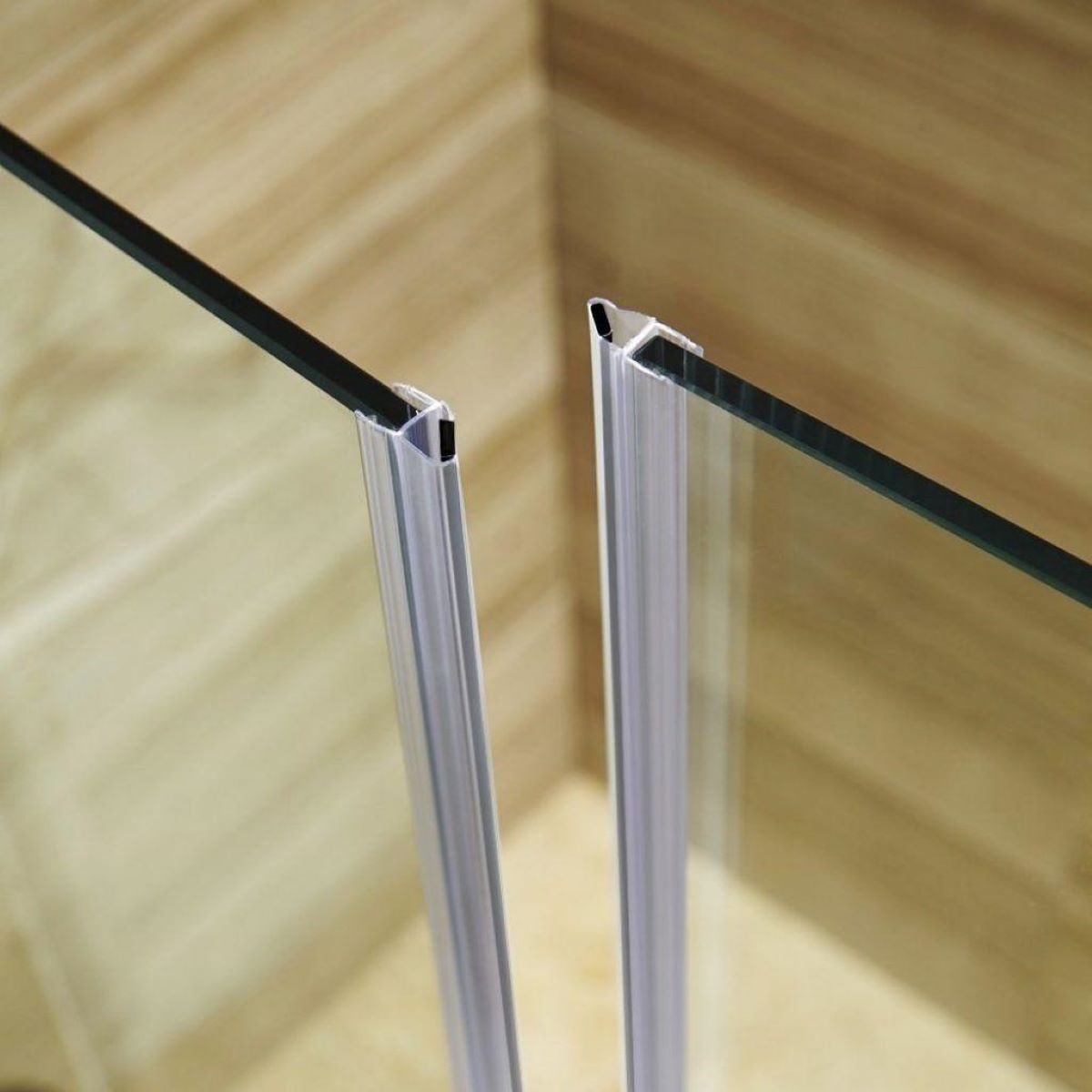

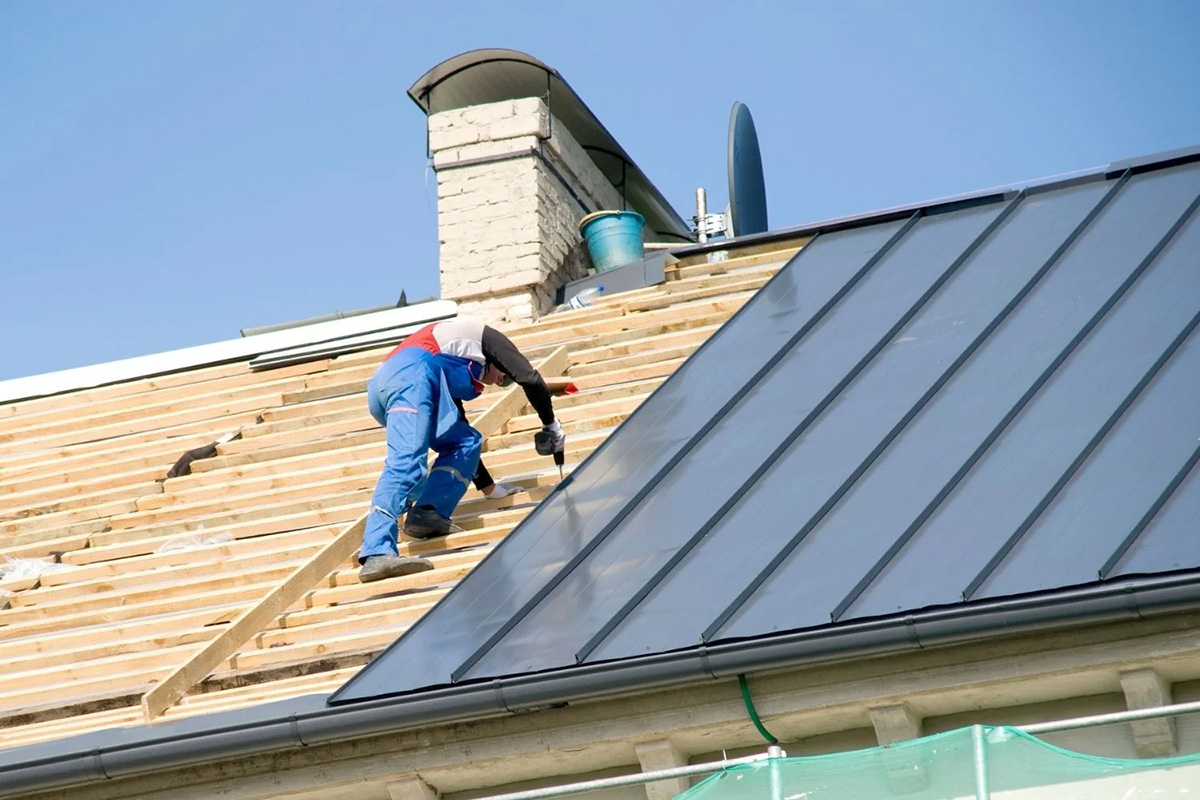

0 thoughts on “How Thick Should Roof Decking Be”